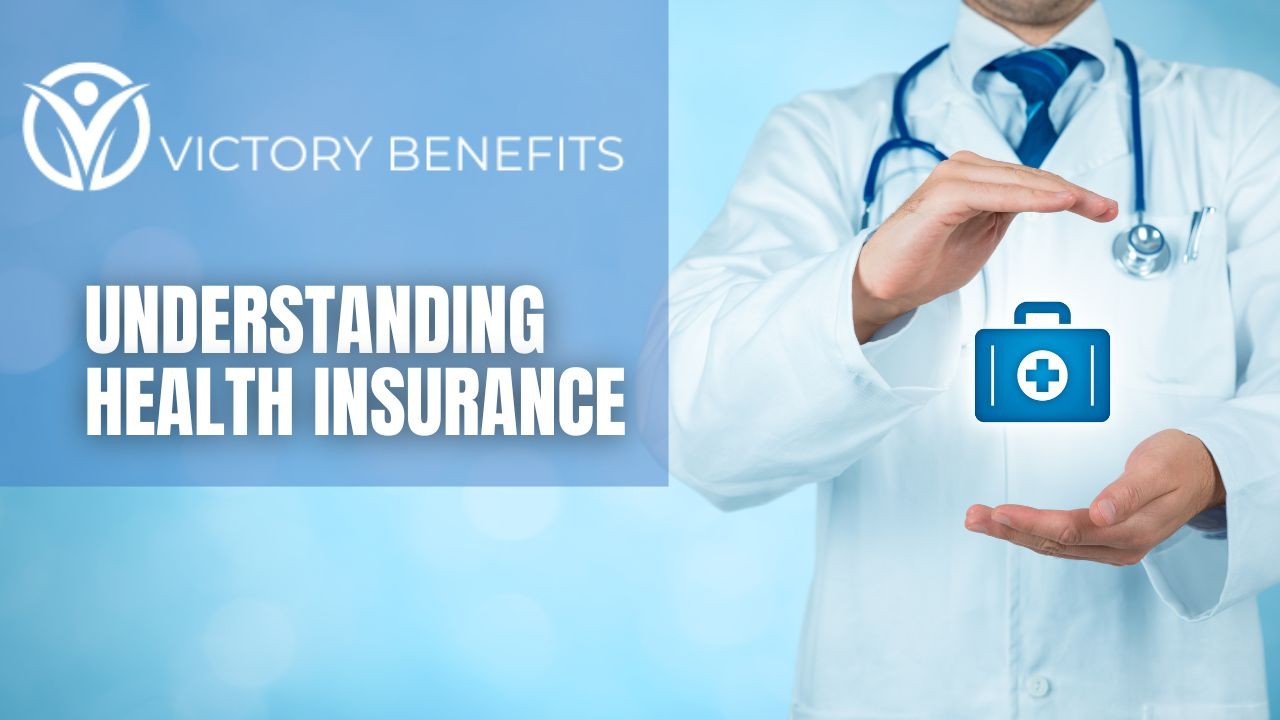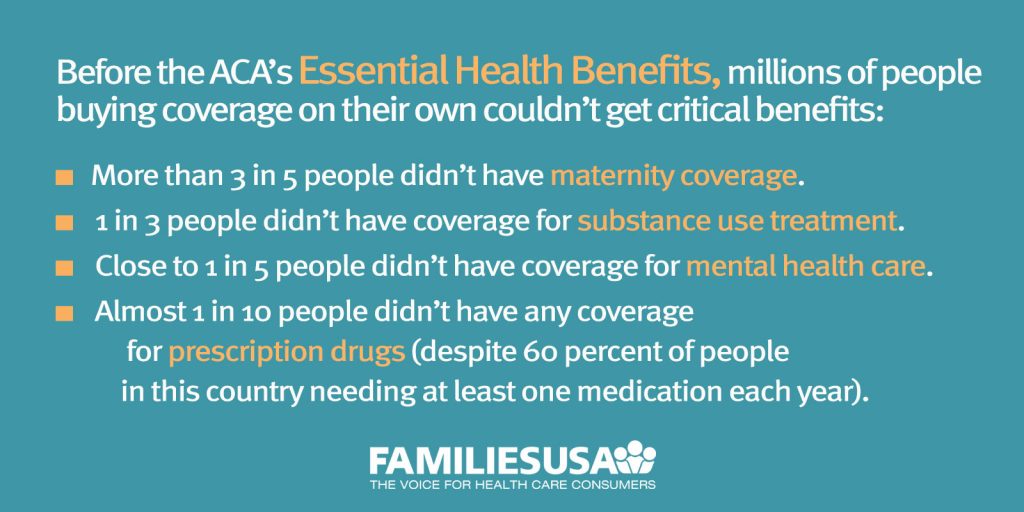Our Medicare Advantage Agent Ideas
Table of ContentsGet This Report on Medicare Advantage AgentThe Facts About Medicare Advantage Agent UncoveredMedicare Advantage Agent Fundamentals Explained

follows from complies with the puzzling young fairly profile of the uninsured with the better healthMuch better health and wellness average, of younger persons. For those without access to workplace health insurance, bad health is a potential obstacle to buying nongroup insurance coverage since such protection may be highly valued, omit preexisting conditions, or be simply unavailable. Unless or else kept in mind, national estimates of individuals without wellness insurance policy and proportions of the population with various kinds of insurance coverage are based on the CPS, the most commonly used source of price quotes of insurance policy coverage and uninsurance prices.

The Only Guide to Medicare Advantage Agent
The connection in between wellness insurance policy and access to care is well established, as recorded later in this chapter. The relationship in between health and wellness insurance and health and wellness outcomes is neither direct neither easy, a considerable medical and wellness services research study literary works links health and wellness insurance policy coverage
to improved access to care, better far better, and improved enhanced individual population populace statusCondition The 2nd record, on personal health and wellness results for without insurance adults, is represented by the inner circle of the number, while the 3rd report, on household health, incorporates the subjects of the second record however stresses a various unit of evaluation, specifically, the family.
Additionally, it concentrates especially on those without any kind of medical insurance for any type of size of time. The issues dealt with by the underinsured are in some aspects similar to those faced by the uninsured, although they are typically less severe. Uninsurance and underinsurance, however, involve distinctly different plan concerns, and the methods for resolving them might differ. Throughout this study and the 5 records to comply with, the primary focus is on individuals without health and wellness insurance coverage and thus no support in paying for health treatment past what is readily available with charity and safeguard institutions. Medical insurance is an effective variable impacting receipt of treatment since both clients and physicians react to the out-of-pocket rate of solutions. Medical insurance, nonetheless, is neither needed nor sufficient to get to medical solutions. The independent and straight impact of wellness
insurance insurance policy on access accessibility health services solutions well established. Others will obtain the healthcare they need even without wellness insurance coverage, by spending for it out of pocket or seeking it from service providers that provide treatment totally free or at very subsidized rates. For still others, wellness insurance alone does not make sure receipt of care due to other nonfinancial barriers, such as an absence of healthcare providers in their neighborhood, minimal access to transportation, illiteracy, or etymological and social differences. Official study regarding without insurance populations in the USA dates to the late 1920s and very early 1930s when the Board on the Cost of Medical Treatment generated a series of reports regarding funding medical professional office check outs and hospitalizations. This concern became salient as the varieties of clinically indigent climbed up during the Great Clinical depression. Empirical researches consistently support the link in between accessibility to care and improved health and wellness results(Bindman et al., 1995; Starfield, 1995 ). Having a regular source of care can be considered a predictor of gain access to, instead than a straight step of it, when health and wellness results are themselves made use of as accessibility indications. This expansion of the idea of next accessibility dimension was made by the IOM Committee on Checking Gain Access To read this article to Personal Wellness Treatment Solutions(Millman, 1993, p. Whether or not moms and dads are guaranteed appears to impact whether or not their kids get care as well as just how much careeven if the kids themselves have insurance coverage(Hanson, 1998). The health of parents can affect their capacity to care for their youngsters and the degree of family members stress and anxiety. Bothering with their children's access to care is itself a resource of stress and anxiety for moms and dads. Three chapters adhere to in this record. Phase 2 supplies a summary of how employment-based medical insurance, public programs and private insurance coverage plans operate and communicate to offer extensive yet incomplete insurance coverage of the U.S. population. This consists of an evaluation of historical fads and public policies impacting both public and private insurance policy, a discussion of the communications among the various kinds of insurance coverage, and an assessment of why people move from one program to another or end up
